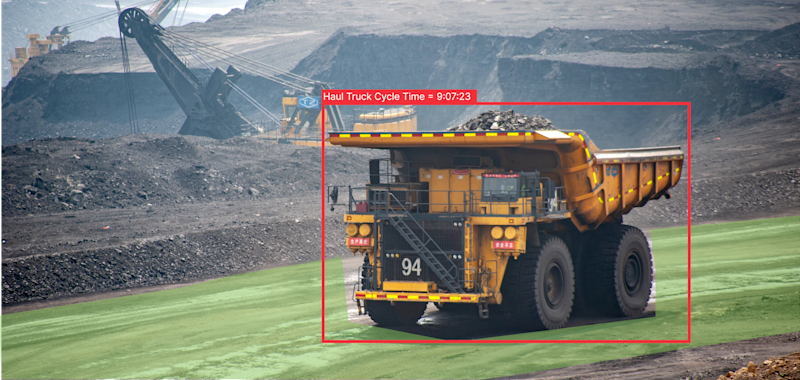Subscribe to Our Newsletter
Sign up for our bi-weekly newsletter to learn about computer vision trends and insights.
5 Transformational Use Cases of Mining AI
by

Chloe Beard

Subscribe to Our Newsletter
Sign up for our bi-weekly newsletter to learn about computer vision trends and insights.

Chloe Beard
